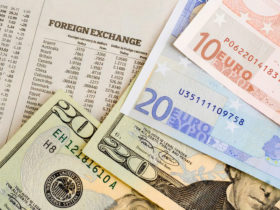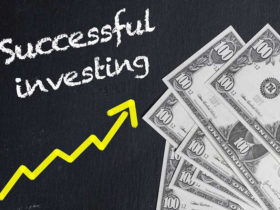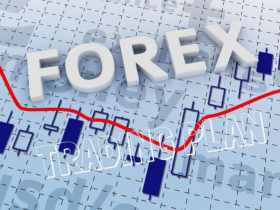Last week’s rise in the euro was the strongest since May of last year, when markets celebrated the pulling together of the EU rescue package for Greece. Whilst last week it was able to benefit from a better backdrop on both the fiscal and monetary policy fronts, it appears that there has been a swift return to business as usual, with the single currency facing selling pressure during the early European session.
Whilst Germany’s Merkel advocated an increase in the size of the EFSF bail-out fund, she has dampened expectations that anything could happen as soon as this week and, furthermore, is keen to put further conditions on such an increase in terms of policy coordination. Meanwhile, German Finance Minister Schaeuble remains opposed.
After last week’s euro party, there is a sense of sobering up this morning to the realities of Europe’s laboured and drawn-out approach to doing what is needed.
World inflation rushing ahead. After the US release on Friday, which saw headline CPI move from 1.1% to 1.5%, around half of global CPI releases so far this month have come in above expectations, compared to less than 20% surprising to the downside. In essence this tells us that the street has under-estimated the strength of inflationary pressures and particularly so from food rising food and energy prices. Trends so far in January suggest there is more of this to come.
Aussie looking tired and troubled. After threatening to break parity again in early London trading and briefly trading above it yesterday, the Aussie has fallen like a stone this morning and is currently back under 0.99. China’s decision to lift the required reserve ratio for major banks by another 50bp, after raising it on six separate occasions last year, has been the major contributor to the AUD’s latest rapid dive.
As we have been remarking recently, the Aussie has struggled to sustain higher levels in recent trading sessions, despite a dollar that has given back much of the gains earned in the first few days of this year. The prices of base metal and agricultural commodities are generally lower today, weighing on the AUD as well. Interestingly, and unusually, the recent upward spurt in commodity prices seems not to have provided the currency with much benefit. When the mood turns sour, even normally favourable developments fail to inspire.
Queensland floods have been devastating for the state which is a major exporter of coal, sugar and wheat. Key infrastructure will have been wrecked by the floods, and will take years to repair/replace. Some commentators are suggesting that growth down-under will be at least 1% lower in 2011 because of the floods.
It is an intriguing time for the Aussie. After two record-breaking years, it is at the bottom of the performance heap in 2011. Chances are it may well stay there for a while.
China’s reserve ratio hike reflects growing domestic concerns. The further hike in China’s reserve ratio requirement has led to a more sober tone emerging in fx markets ahead of the key US data at 13:30 GMT (inflation and retail sales). This is the fourth increase, designed to act as a further constraint on bank lending, that the PBOC has enacted over the past two months.
Even though the renminbi has been fixed at the highest level vs. the USD for the past two weeks, we sense the authorities are placing greater emphasis on measures to dampen domestic activity and lending, such as higher reserve requirements and also interest rates. Indeed, the higher inflation rate is eroding China’s competitiveness, so the authorities are likely to feel even less need to allow the currency to appreciate.















